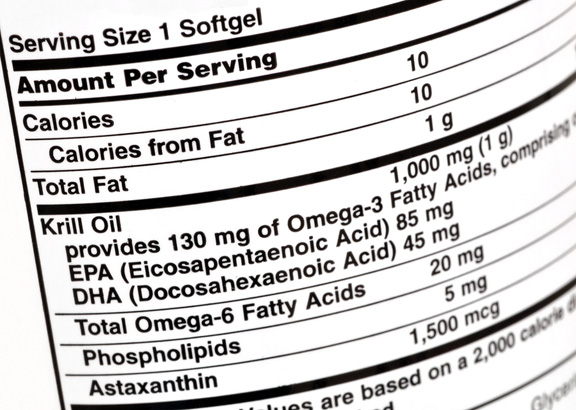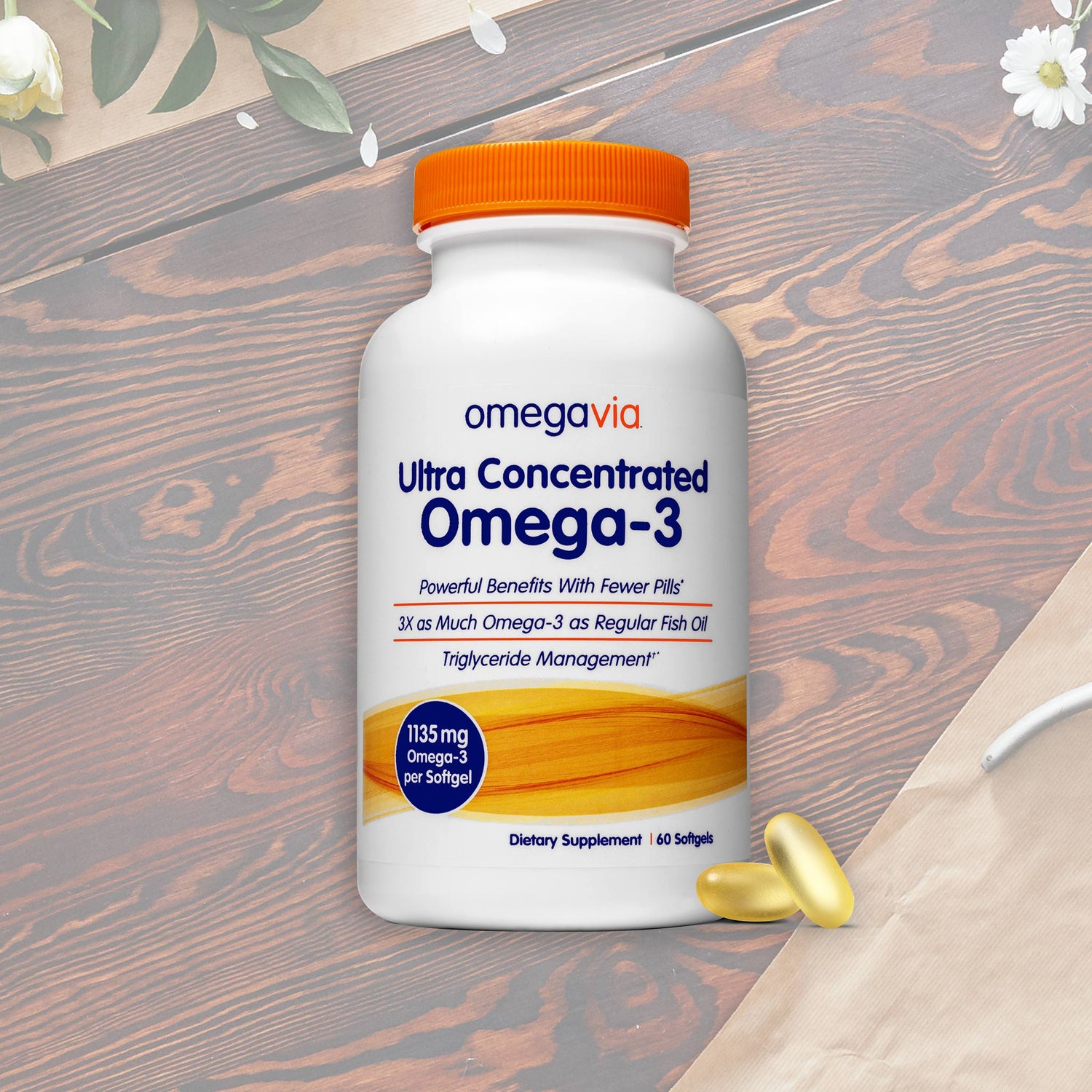 I would alter his protocol by replacing some of the cruciferous veggies with probiotic-friendly root veggies and tubers, adding pastured eggs, lots of seafood, occasional liver, grass-fed butter and yes, some red meat. If you took the ancestral people I talk about in this recent previous blog and hypothetically put them on the Ornish diet, I’m guessing they’d develop several modern diseases.
But your average Homer Simpson will thrive on an Ornish diet…initially at least. Bill Clinton, anyone?
An annoyed Dr. Michael Eades points out some of the major flaws with the Ornish approach here.
I would alter his protocol by replacing some of the cruciferous veggies with probiotic-friendly root veggies and tubers, adding pastured eggs, lots of seafood, occasional liver, grass-fed butter and yes, some red meat. If you took the ancestral people I talk about in this recent previous blog and hypothetically put them on the Ornish diet, I’m guessing they’d develop several modern diseases.
But your average Homer Simpson will thrive on an Ornish diet…initially at least. Bill Clinton, anyone?
An annoyed Dr. Michael Eades points out some of the major flaws with the Ornish approach here.
A krill oil video
In the same vein as the Ornish piece, I saw a video about why krill oil is better than fish oil. Also by someone apparently widely followed. See the video for yourself here: It's called Battle of the Omega-3 Fatty Acids: Krill Oil vs Fish Oil. Like the Ornish piece, the disturbing thing here is how smoothly facts and almost-facts are weaved together. I'll try to sort them for you. Here are questionable facts from the video above:- There is a rumor going around that fish oil actually thins your blood and so does krill oil. And it does.
- When I take too much krill or too much fish oil, I actually get nose bleeds because they thin your blood so effectively.
- Fish oil tends to be less stable than krill oil because krill oil contains astaxanthin.
"Fish oil tends to be less stable than krill oil because krill oil contains astaxanthin."
This is the over-simplified claim that requires debunking. Science is rarely simple enough to fit on a bumper sticker. There is no direct evidence to support this statement. All Omega-3 fatty acids and Omega-3 containing oils will oxidize. The molecule form (ethyl ester, free fatty acid, triglyceride, or phospholipid etc.) of the Omega-3 fat influences oxidation. Phospholipids are more prone to oxidation than triglycerides. And krill Omega-3 is in phospholipid form. This suggests the exact opposite, that krill oil will oxidize faster. In the video's defense, people think krill oil is more stable because of:- Astaxanthin. Krill contains some astaxanthin. But astaxanthin is notoriously delicate and it degrades very quickly. Milligram quantities quickly become micrograms. In the early days of krill oil, companies used to list astaxanthin levels on their labels. Now, few of them do. Why? Astaxanthin degrades quickly. Barely measurable. This means there is some antioxidant protection provided by astaxanthin when the product is very fresh, but hardly any after a while on the shelves.
- Minimal burping involved with krill oil. This is because there is an emulsifying effect provided by the phospholipids in krill oil, so krill oil blends with whatever you've eaten and does not float on top of your meal like fish oil might. This makes you not notice the rancidity if/when you burp. More importantly, there is far less Omega-3 in krill oil. Less Omega-3 = less rancidity to be noticed. This does not mean the oil is not rancid. It means you notice less of the rancidity.
So is fish oil less stable?
That depends on many internal and external factors:- degree of unsaturation of fatty acids (no difference between fish and krill)
- how much oxygen the oil has been exposed to
- light exposure
- heat exposure
- UV exposure
- exposure to metals
- excessive handling of the oils
- the antioxidant blend used to protect the Omega-3.
Acid Value, Peroxide Value, Anisidine Value and TOTOX
You will find Acid value, Peroxide value, Anisidine value and TOTOX listed there. [caption id="attachment_11923" align="alignnone" width="576"] Example of IFOS freshness or stability analysis.[/caption]
Some of these markers are more useful than others.
Acid value is a measure of the amount of fatty acids present in free fatty acid form. In fish and krill oils, Omega-3 is bound to ethyl ester, triglyceride or phospholipid form. When a fatty acid is cleaved, you have free fatty acids. A high measure does not mean the product is rancid - it could mean that some of the Omega-3 is in the free fatty acid form.
The first products of lipid oxidation are measured by Peroxide value (PV). It is considered a leading indicator. The PV of an abused or air-exposed oil will rise over a few months. Then, a cascade of reactions that first produced peroxides isomerizes to conjugated dienes and trienes. These are measured as Anisidine value (AV). For example, EPA produces F3-isoprostanes and DHA produces F4-neuroprostanes.
After a few more months, PV drops off and Anisidine value (AV) begins to climb.
PV tends to increase and then fall while AV will tend to rise steadily over time. So if you look at a super rancid krill oil's PV without sniffing it or looking at the AV, you might falsely believe that astaxanthin is doing a good job protecting it. Not so.
TOTOX is a calculated value, just like your LDL cholestero.
(2 × PV) + AV = TOTOX.
Generally, any product with a TOTOX higher than 20 should be considered slightly rancid, even though the industry cut off is 26.
Then there's that sneaky trick, steam deodorization. Here, a somewhat stinky oil is exposed to steam and most of the more polar oxidation compounds are partitioned out with the steam, leaving behind much cleaner oil. It's a sneaky way to get old oil to resemble new.
Recently a study revealed that several fish oil supplements marketed in New Zealand were severely oxidized. As a consumer, there is no way to tell how rancid your product is without third-party testing services like IFOS.
Of course, nothing beats sniffing and tasting the oil!
My point in going through this detail (besides dredging up the subject of my grad school thesis from 25 years ago and feeling like a geezer) is that it doesn't matter, not one tiny bit, whether EPA and DHA come from fish or krill. In the absence of astaxanthin, krill oil will oxidize just the same. And astaxanthin is virtually absent in most products.
Krill oil has another issue: it goes from red to brown over time. This is from non-enzymatic browning of the amino acids present and can result in the formation of pyrroles and other volatile (read stinky) compounds.
Example of IFOS freshness or stability analysis.[/caption]
Some of these markers are more useful than others.
Acid value is a measure of the amount of fatty acids present in free fatty acid form. In fish and krill oils, Omega-3 is bound to ethyl ester, triglyceride or phospholipid form. When a fatty acid is cleaved, you have free fatty acids. A high measure does not mean the product is rancid - it could mean that some of the Omega-3 is in the free fatty acid form.
The first products of lipid oxidation are measured by Peroxide value (PV). It is considered a leading indicator. The PV of an abused or air-exposed oil will rise over a few months. Then, a cascade of reactions that first produced peroxides isomerizes to conjugated dienes and trienes. These are measured as Anisidine value (AV). For example, EPA produces F3-isoprostanes and DHA produces F4-neuroprostanes.
After a few more months, PV drops off and Anisidine value (AV) begins to climb.
PV tends to increase and then fall while AV will tend to rise steadily over time. So if you look at a super rancid krill oil's PV without sniffing it or looking at the AV, you might falsely believe that astaxanthin is doing a good job protecting it. Not so.
TOTOX is a calculated value, just like your LDL cholestero.
(2 × PV) + AV = TOTOX.
Generally, any product with a TOTOX higher than 20 should be considered slightly rancid, even though the industry cut off is 26.
Then there's that sneaky trick, steam deodorization. Here, a somewhat stinky oil is exposed to steam and most of the more polar oxidation compounds are partitioned out with the steam, leaving behind much cleaner oil. It's a sneaky way to get old oil to resemble new.
Recently a study revealed that several fish oil supplements marketed in New Zealand were severely oxidized. As a consumer, there is no way to tell how rancid your product is without third-party testing services like IFOS.
Of course, nothing beats sniffing and tasting the oil!
My point in going through this detail (besides dredging up the subject of my grad school thesis from 25 years ago and feeling like a geezer) is that it doesn't matter, not one tiny bit, whether EPA and DHA come from fish or krill. In the absence of astaxanthin, krill oil will oxidize just the same. And astaxanthin is virtually absent in most products.
Krill oil has another issue: it goes from red to brown over time. This is from non-enzymatic browning of the amino acids present and can result in the formation of pyrroles and other volatile (read stinky) compounds.
Krill oil: not more stable than fish oil, just different
Fish and krill oils are both unstable and need to be protected with ultimate care. This means never exposing the oil to air/oxygen and minimizing heat and light. My beef with krill oil is mostly with the marketing and hype associated with its sale. Krill is primarily a phospholipid supplement...with a tiny little bit of Omega-3 and astaxanthin (if fresh.) Fish oil is just plain Omega-3 and nothing else. They are not interchangeable in any way. They work differently. They absorb differently and they influence gene expression differently. Don't take krill oil because fish oil is 'less stable.' Take krill because it is a good source of much needed phospholipids.* Phospholipids are an essential class of fats that helps cell membranes function properly. Want more phospholipids? Eat egg yolks. Or if Ornish has you scared of yolks, supplement with phosphatidylserine or phosphatidylcholine. Or krill.*These statements have not been evaluated by the Food and Drug Administration. This product is not intended to diagnose, treat, cure, or prevent any disease.



